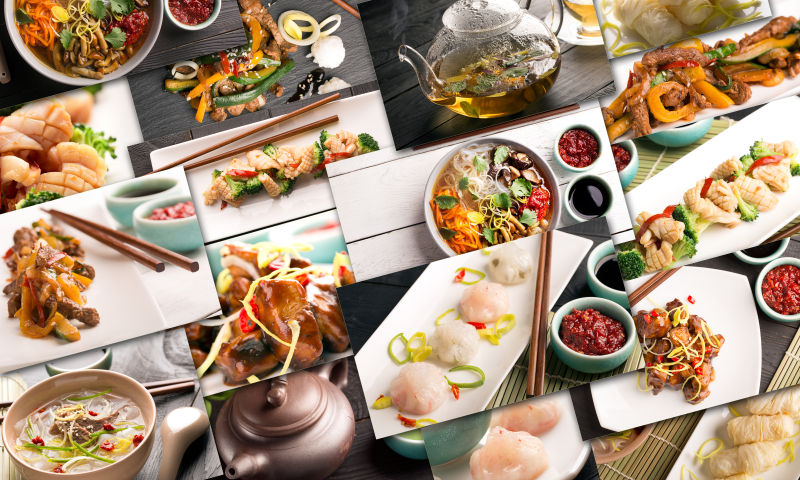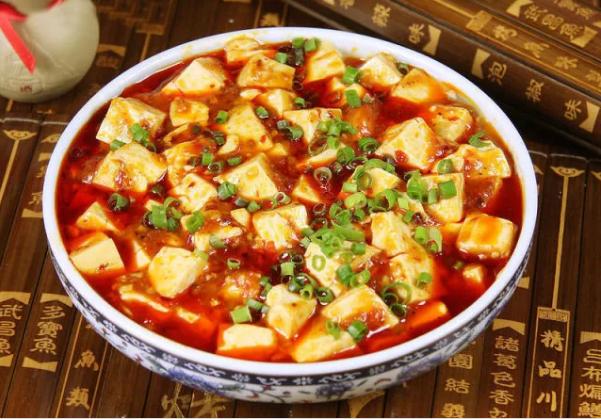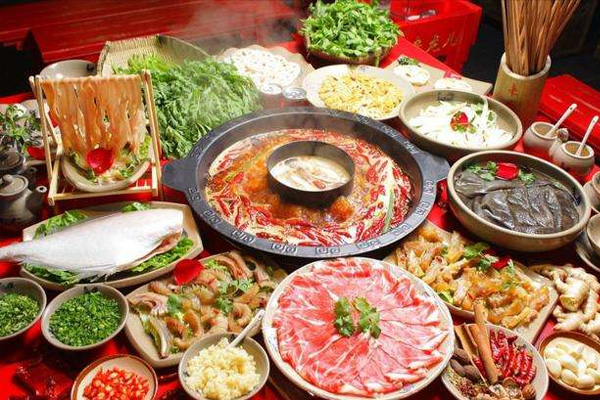Chinese food culture has lasted for tens of thousands of years and is divided into four development stages: raw food, cooked food, natural cooking, and scientific cooking, more than 60,000 kinds of traditional dishes, more than 20,000 kinds of industrial food, colorful feasts, and colorful flavor were introduced.

In terms of connotation, Chinese food culture involves the development and utilization of food sources, the use, and innovation of eating utensils, the production and consumption of food, the service and reception of food and beverage, and the operation and management of the catering and food industries, as well as diet and national security, diet and literature and art, diet and the relationship between the realm of life, profound and extensive.
In terms of extension, Chinese food culture can be classified in terms of times and techniques, regions and economies, Nationalities and religions, food and utensils, consumption and levels, folk customs and functions, etc., showing different cultural tastes, reflect the use of different values, colorful. From the point of view of characteristics, the Chinese diet culture highlights the theory of nutrition and health (mainly vegetarian diet, emphasis on medicinal diet and tonic), and pay attention to “color, aroma, taste” complete. The state theory of five-flavor blending (the flavor is bright, the palatability person is precious, has the reputation of “tongue dish”), the strange and positive mutual change cooking method (the kitchen rule is this, flexible and flexible), the four attributes of a pleasant food view (gentle, teaching in food) are different from the natural beauty of the food culture of other countries. Chinese food culture is not only about the bright and picturesque color scheme of dishes, but also about the atmosphere of dining. It is the personality and tradition of the Chinese nation, it is the highlighted way of Chinese traditional etiquette.

From the perspective of influence, Chinese food culture directly affects Japan, Mongolia, North Korea, South Korea, Thailand, Singapore, and other countries, and is the axis of the oriental food culture circle, it also indirectly affects Europe, the Americas, Africa and Oceania, such as China’s vegetarian culture, tea culture, soy sauce and vinegar, pasta, medicinal meals, ceramic tableware and soybeans, all benefiting billions of people around the world.
In a word, Chinese food culture is a long-standing regional culture with a broad vision, deep level, multi-perspectives, and high taste. It is the result of more than 5,000 years of production and living practice of the Chinese people of all ethnic groups, it creates, accumulates, and affects the material wealth and spiritual wealth of the surrounding countries and the world in the aspects of food source development, food utensils development, food conditioning, nutrition, and health care and food aesthetics.

Hi Yifan,
I enjoyed reading your blog post a lot. I really enjoy eating Chinese food, especially fried rice and orange chicken. I did not know until I read your post that Chinese food culture has lasted for tens of thousands of years. I really liked looking at the pictures that you posted on your blog. I’m not that great of a cook, but if I was, I would love to learn how to make more Chinese food. Thanks for sharing your post, and I look forward to seeing what else you post on your blog.
It is very interesting to see the difference between “American” Chinese food and traditional Chinese food and I feel it has never shown off how it should be. Awesome article and pictures, I am hungry now!